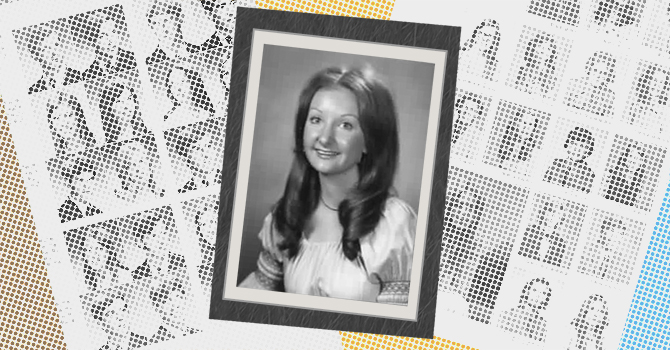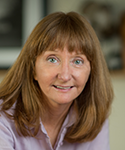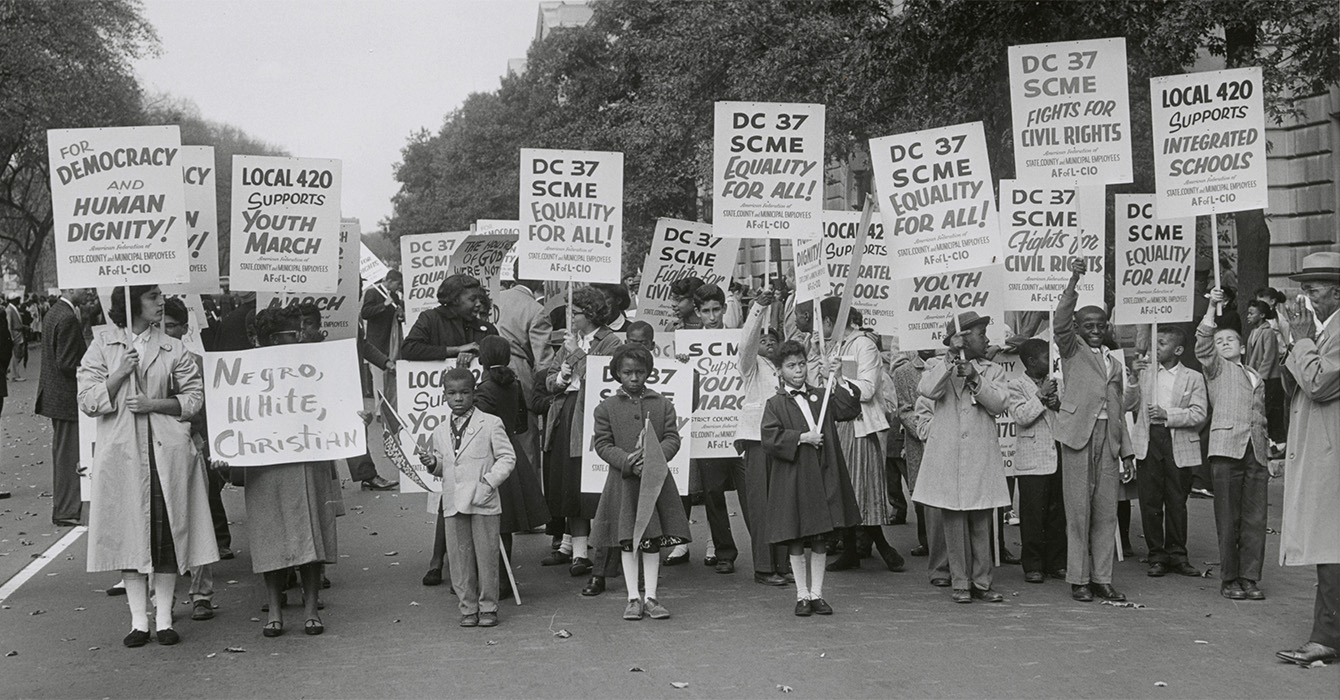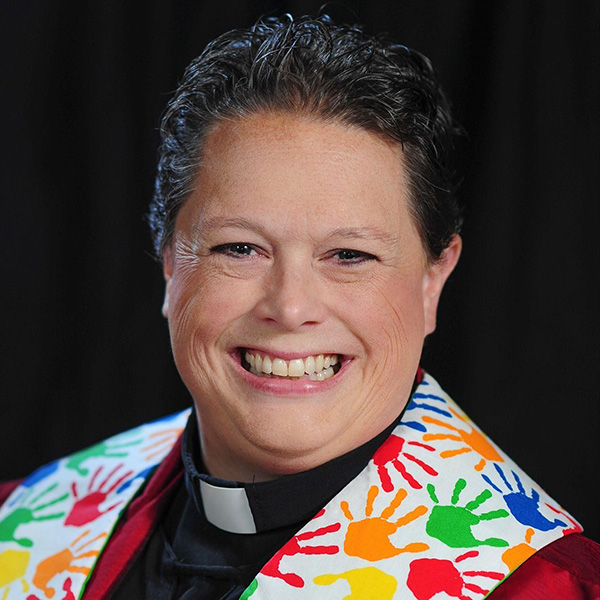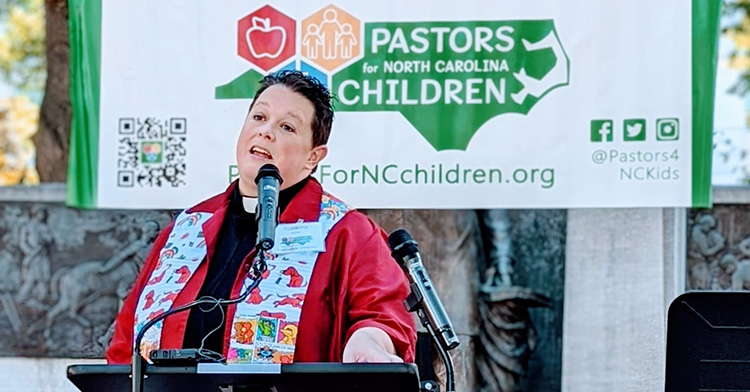I remember my high school diploma -- a nice-enough ’70s dust catcher in the standard-issue black synthetic leather folder -- that came with the school name, Pillow Academy, stretched across the top. “Academy” was the favorite moniker to brand the thousands of new private schools that popped up in the South around 1970 so that white children could flee public school integration.
My academy diploma documents more than the regular teen slog through “Beowulf” and biology. It’s proof that I’m someone who knows a thing or two about structural white supremacy, the true systemic reach of a culture’s racism and built-in inequity.
My reckoning comes along with the current national outcry set off by the police murder of George Floyd and the inequities revealed in the pandemic. Seeing myself as a progressive is neither the point nor a pass. Racist credentials like mine bear stark witness to the entire self-perpetuating U.S. system that benefits white people and distorts our sense of reality in this diverse world.
Until recently, I put energy into sidestepping my whites-only academy past. I counted that time as an embarrassing teenage chapter, now strategically omitted from my Facebook profile.
Yet in 12-step recovery talk, it’s said you’re as sick as your secrets. Many have come together to denounce our society’s racist DNA. I’m confronting my academy history. To select parts of my past to show and parts to hide is to exercise one more form of privilege.
Last year, I published “Are You a Seg Academy Alum, Too? Let’s Talk” in The Bitter Southerner. The essay reflected on my kind of schooling’s residue. We consumed American white supremacy consciously and unconsciously. Post-publication, other alumni emailed to share stories of their own unfinished business with their whites-only pasts.
Seeking to build a space for public reflection, I launched The Academy Stories, an online digital project. Its initial task has been archiving first-person histories from the South’s whites-only academies of the ’70s and ’80s. Yet the project needs to be more.
First comes the truth telling to document the academy experience as an underexamined piece of U.S. history. Then the project needs to examine potential solutions for communities and individuals still shaped by academy history. As Maya Angelou said, when you know better, you do better.
There are plenty of academy alumni around -- an estimated half-million from about 4,000 academies established in 11 states. While many schools have closed, others still thrive two generations later. The current schools -- a founding date between 1954 and 1970 is a clue -- nearly all now offer nondiscriminatory admissions but have tiny Black enrollments. In many towns, an academy has become an accepted fixture. White children go to the academy, and most Black students, to public school, recreating separate but unequal dual school systems.
In my school in the ’70s, slurs and racist jokes were as common as acne and eight-track tapes. Yet running even deeper was a persistent unspoken pathology: a willed ignorance to the world beyond our chosen white one. I never knew any Black kids my age in my Mississippi hometown, which was split racially 50-50.
Decades later, I hear anecdotes suggesting that today’s academy students have their own white blinders despite school diversity policies. Girls say they love a particular performer because “she doesn’t act Black.” Students snicker at the news that a nearby community is the nation’s poorest -- confirmation, they assume, that those Black neighbors are lazy -- utterly unaware of the legacy of white supremacy in their birthplace or of their own participation in the system even at that moment. The students don’t expect to come to know neighbors different from themselves as individuals.
As academies celebrate 50th anniversaries in 2020, I do not see them acknowledging their history. They’re not alone in silence. For many, their startup partner was a local white church. The number of private schools affiliated with a Protestant denomination more than doubled between 1961 and 1970 in the South, according to a researcher at the University of Georgia. In addition, scores of white churches housed academy classes until the academy buildings could be constructed.
Historian Joseph Crespino has tracked the academy-church alliance. “White churches were involved with segregation academies at every step,” he said. “Many academies sprung up almost overnight in small towns where Sunday school classrooms were the only place that could house students and teachers. Later, segregation academies found legal shelter under the umbrella of the church school movement.”
While some white churches and clergy spoke truth to power, others boosted white supremacy. White resistance groups sought out local ministers as allies to counter the support expressed by most denominations’ national bodies for the Supreme Court’s Brown v. Board of Education decision.
The national Citizens’ Council started in the Mississippi Delta within months of Brown in 1954. The Main Street white supremacy group’s top priority became fighting school integration. Its publication The Citizen devoted its entire September 1964 issue to advising readers on how to start private academies in their towns. Three of the 12-member editorial board were ministers, as noted in Crespino’s “In Search of Another Country: Mississippi and the Conservative Counterrevolution.”
White clergy silence was an indirect way to oppose civil rights as well. Winning souls, not politics, should be the church’s focus, the rationale went. Pastors claimed that integration was a purely civic matter.
That willingness to prioritize the status quo, to value humans’ eternal salvation but dismiss their present well-being, was the failure of the era’s white church and its members. The academies are one result of that deeply painful systemic history.
For me and others, coming to terms with our academy stories requires confronting racist choices made on our behalf by people we loved and respected: parents, teachers and church congregations. It’s one thing to realize that slavery was the true issue in the Civil War. Same for the messaging of neo-Confederate monuments. It’s another to acknowledge the racism of adults we loved, still living.
“My parents just wanted the best for me,” shrug uneasy white alumni. All parents want the best for their children -- I’d say that of mine, certainly -- and that includes every Black parent in the community as well.
Like every human who has walked this earth, our parents lived their lives and made choices. What would the South, and even the country, look like if in 1970 parents had come together to attempt to make school integration work? The continued struggle in many towns in 2020 is partially due to the opt-out produced by the creation of academies two generations ago.
I walk this earth in 2020. What do I do about my past as I live in a world alongside the reality of George Floyd, Ahmaud Arbery, Trayvon Martin, the disproportionate incarceration of Black men and the unequal COVID-19 devastation?
Diplomas pack mixed messages. They mark the end of one chapter of life and the expectation of a new one. In a world where Black families are heartbroken and fearful, my academy diploma makes my task simple to discern. I inarguably have repair work to do. So does the rest of the country if we are to live up to our promise.

